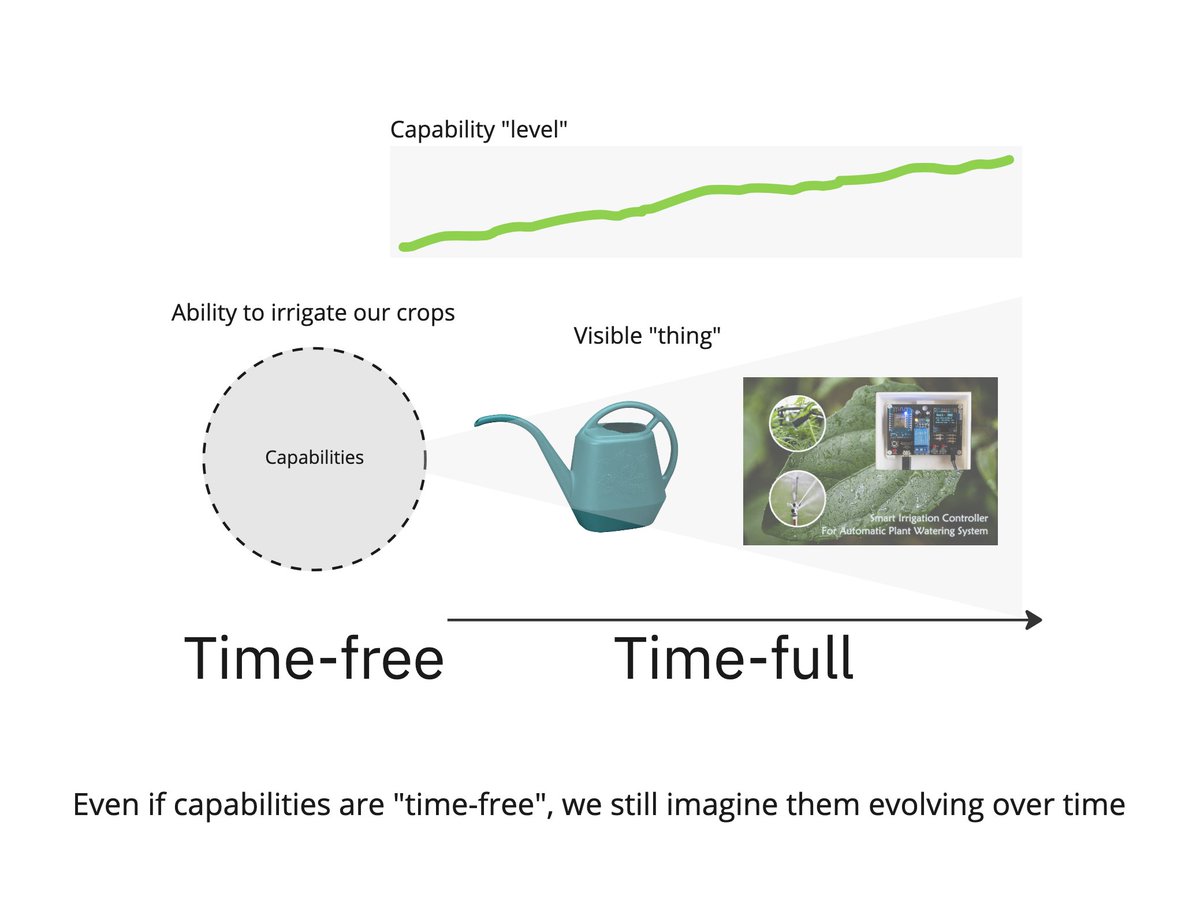I've been thinking a ton about disagree & commit
...and I realized what was making me uncomfortable.
Most teams -- even with the best intentions -- don't create an environment where...
1/6: people with diverse perspectives are actually in the room
...and I realized what was making me uncomfortable.
Most teams -- even with the best intentions -- don't create an environment where...
1/6: people with diverse perspectives are actually in the room

2/6: people have time to actually process the decision, the data, the context, the implications, etc.
3/6: safety exists to challenge the fundamental underpinnings of the decision and/or "problem" and or question
3/6: safety exists to challenge the fundamental underpinnings of the decision and/or "problem" and or question
4/6: multiple promising options are explored. The "decision" is basically "should we do X", which is a decision, yes, but it isn't a choice between options.
5/n: the actual commitment is understood! Which ties in to some of the items above.
5/n: the actual commitment is understood! Which ties in to some of the items above.
6/6: pre-mortems, "story backwards", and other approaches are used to explore risk. IOW, people don't really know what they are getting into.
... all to say that the concept relies on an effective approach to framing/making decisions and inclusion/safety.
... all to say that the concept relies on an effective approach to framing/making decisions and inclusion/safety.
• • •
Missing some Tweet in this thread? You can try to
force a refresh















